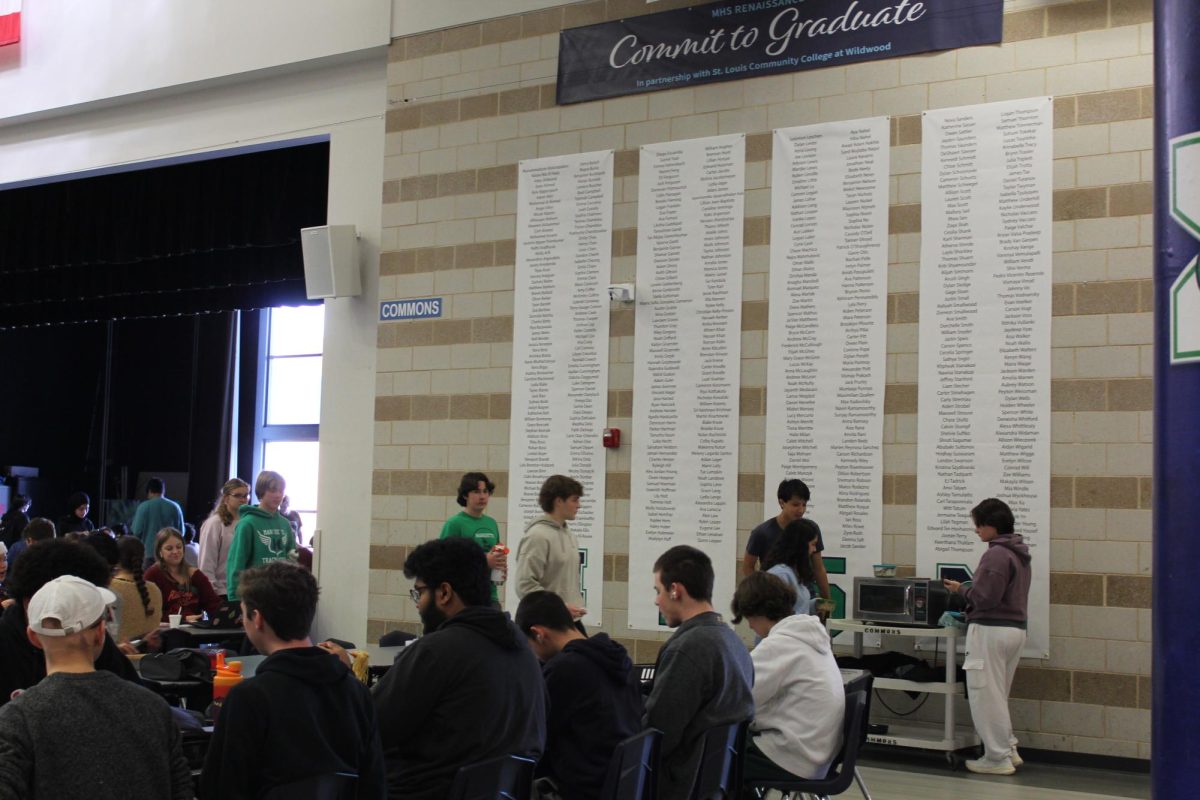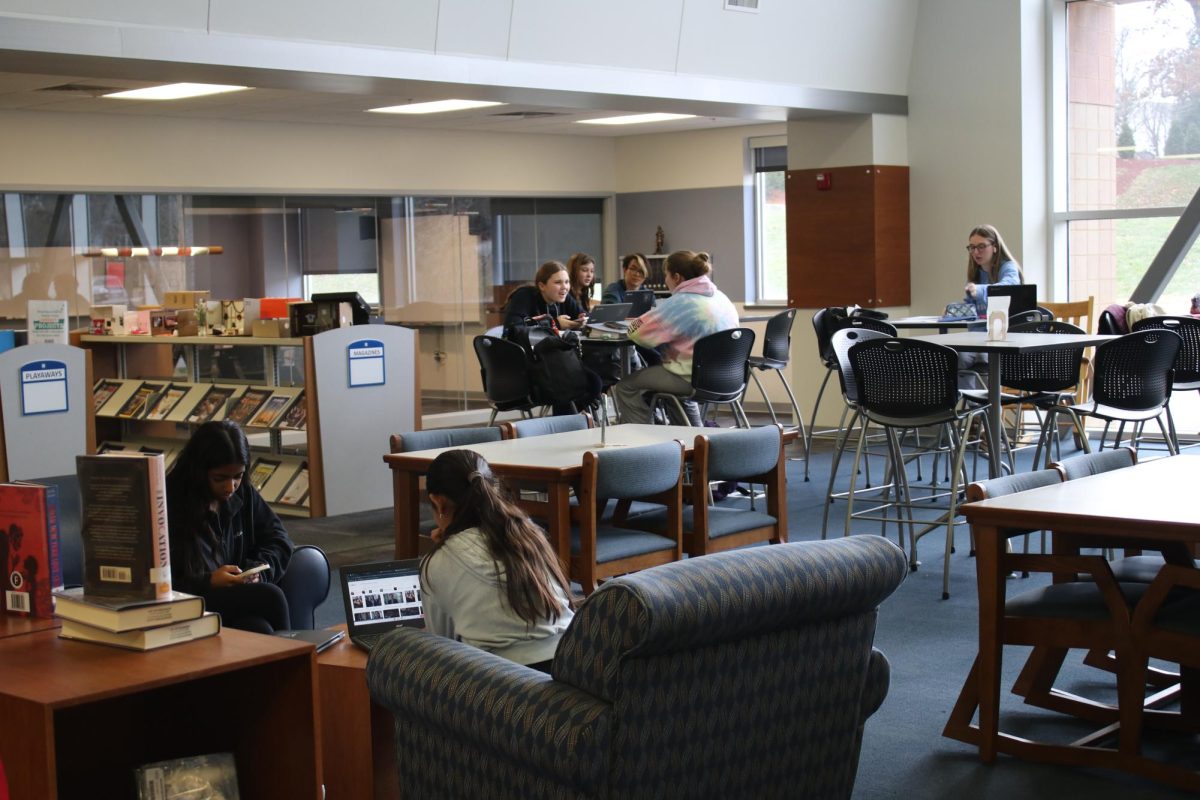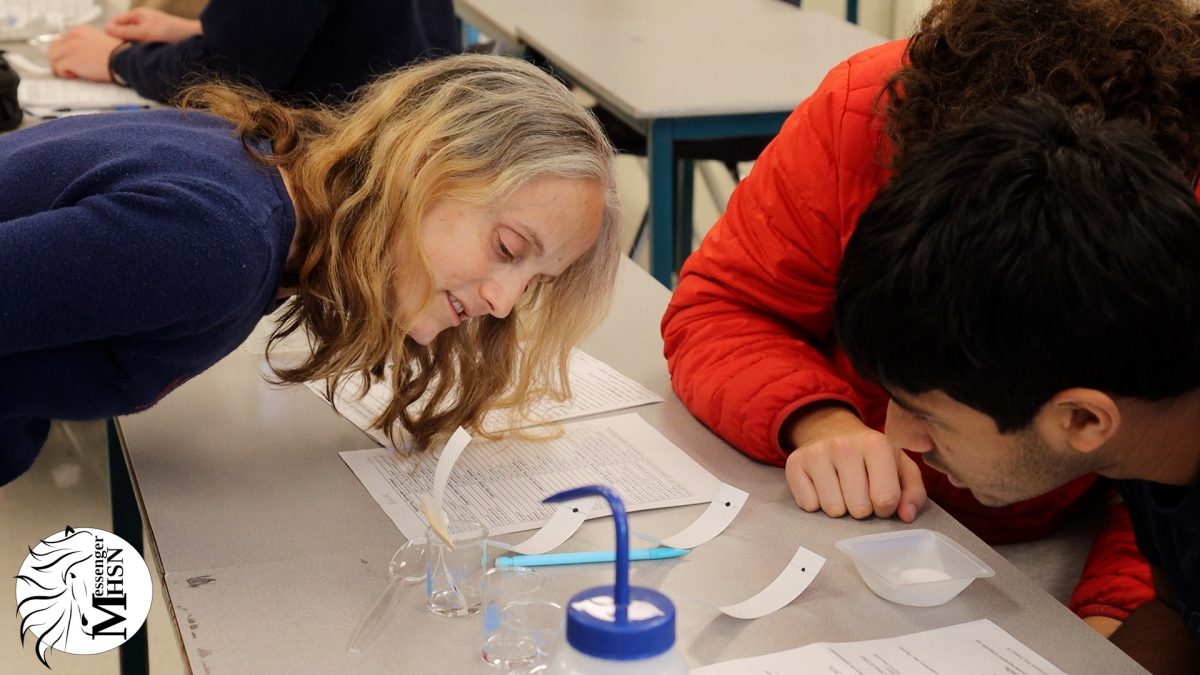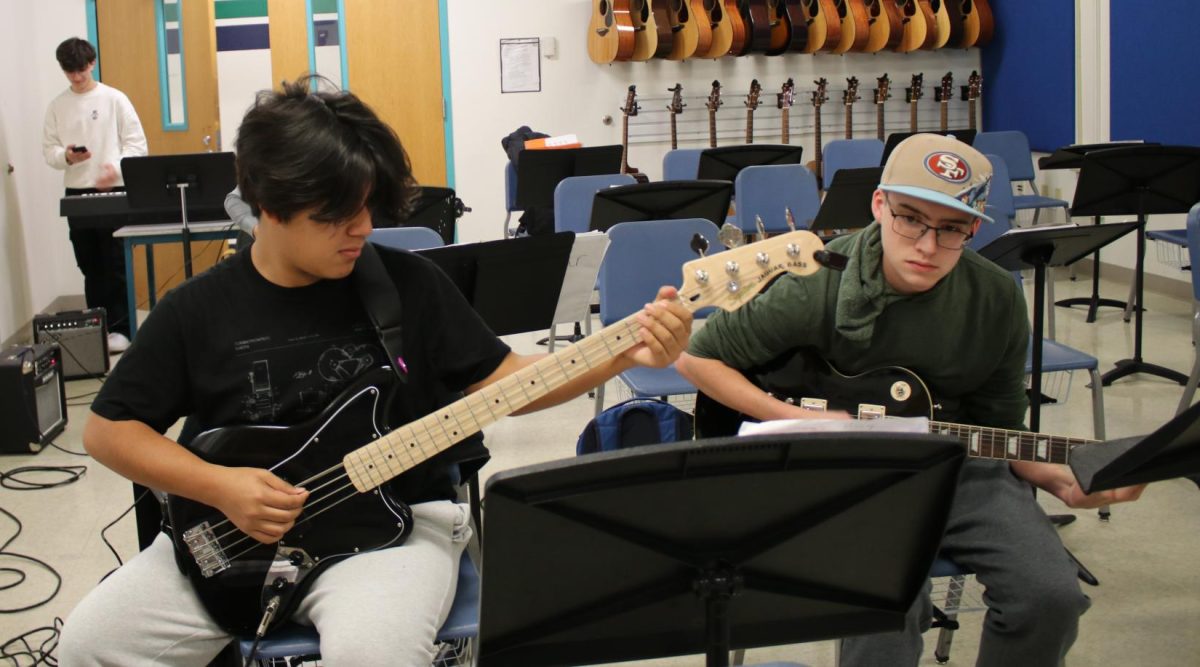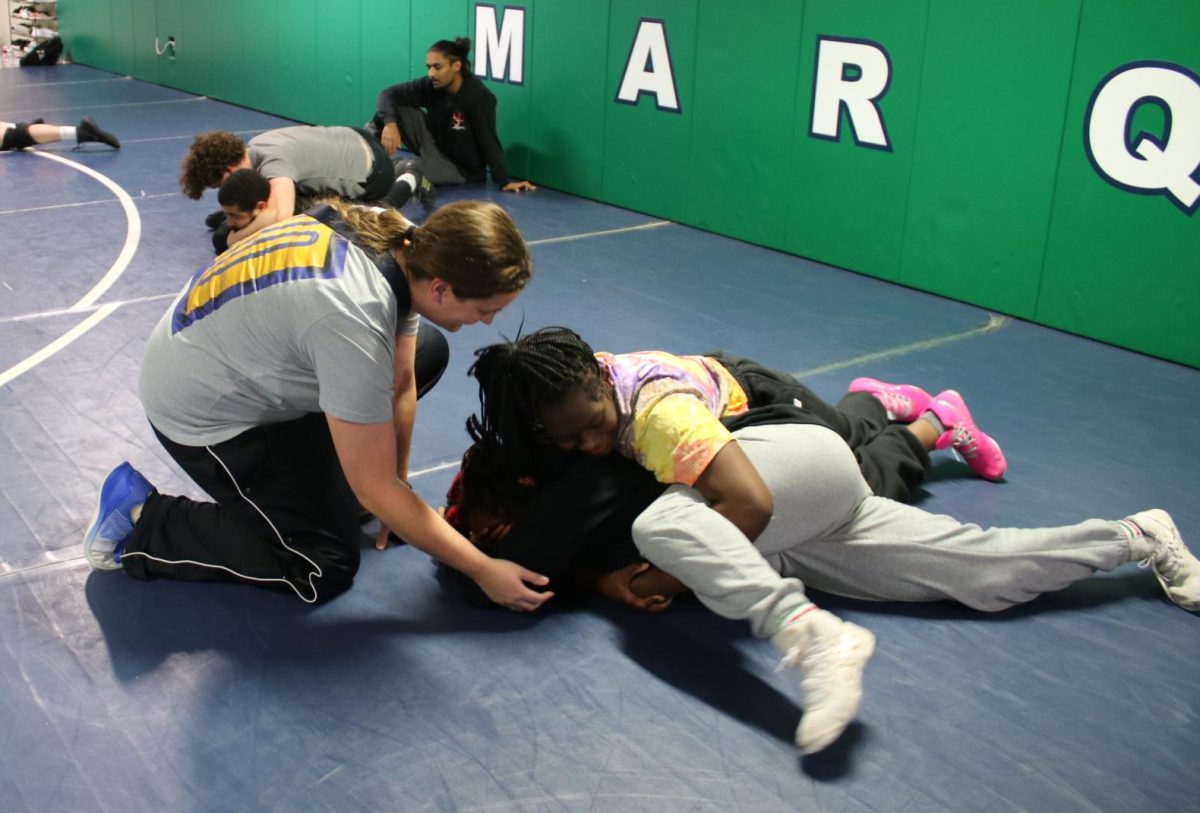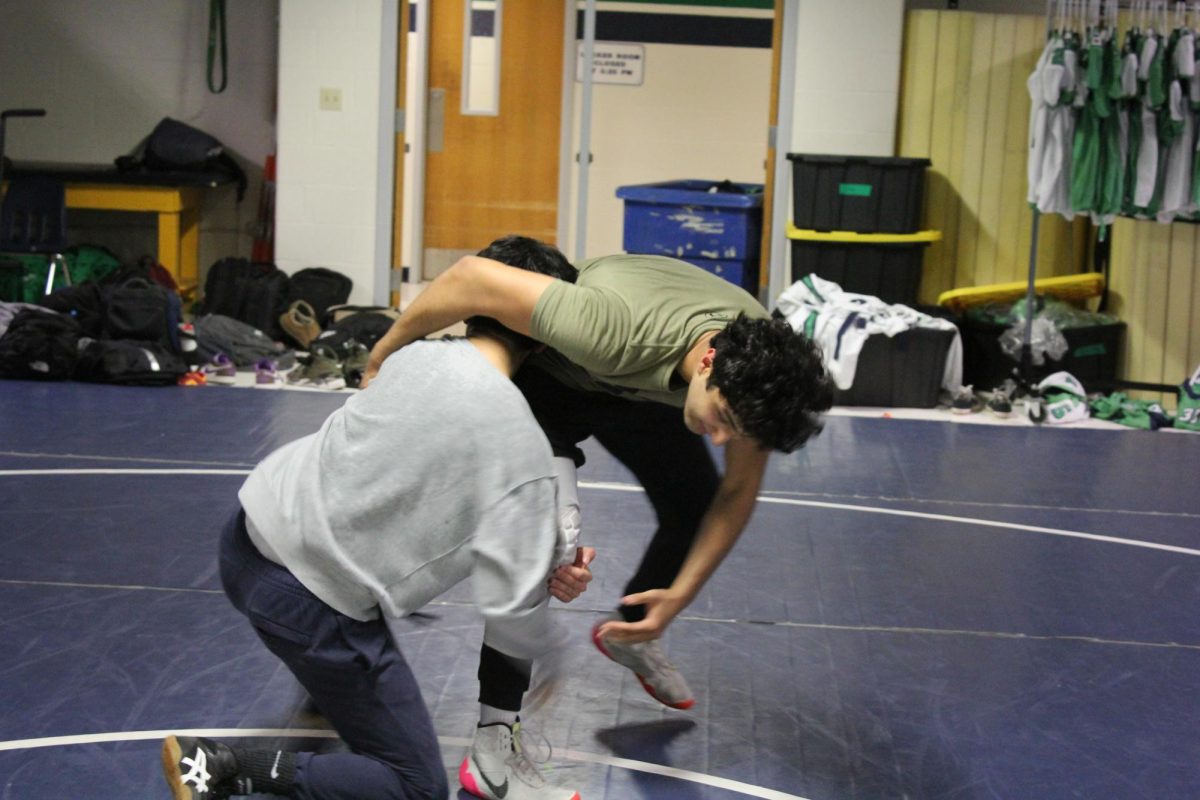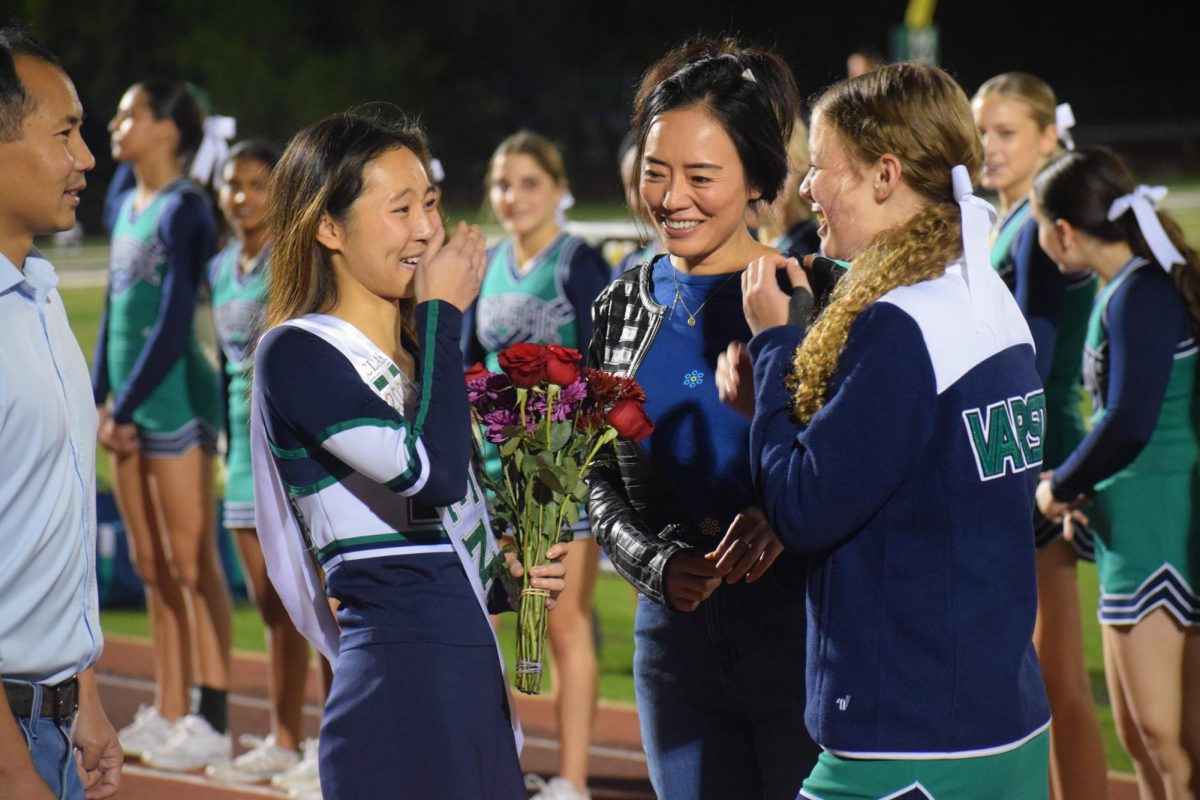Scheduling conflicts reveal discrepancies in class sizes
September 16, 2011
One’s company, two’s a party, 32 is a crowd. Teachers are continuing to experience large class sizes this year due to losses in teachers and scheduling conflicts.
“There have been a number of scheduling conflicts this year,” Dr. Jennifer Sebold, assistant principal, said. “There are always fluctuating class sizes, and this happens every year. However, teacher cuts in a particular department will affect class sizes in that department significantly.”
The Science Department, which lost six classes this year due to the resignation of a teacher, has needed to crowd some of its classes.
“Classes this year are getting larger, especially in biology,” Kathy Britt, science department chair, said. “The loss of a teacher last year has meant big differences in class sizes, as we lost six sections of science. Most of them are biology.”
Britt has one AP Biology course with 29 students. Another with 12.
“It has been difficult,” Britt said. “From a teacher’s perspective, having 32 kids in a class is not a very good idea.”
The number of classes and who teaches them is decided in a multi-step process that begins at the end of the current year.
“We look at how many kids sign up for classes and give a recommended schedule to the department chairs,” Dr. Sebold said. “The department chairs will then get back to us on what they think should happen.”
Noelle Clatto, language arts teacher, has also been experiencing abnormally large class sizes this year.
“Both of my AP Literature hours have 32 kids in them, almost the maximum number a class can have,” Clatto said. “There shouldn’t be 32 kids in an AP class. It’s not fair.”
Clatto said grading papers is the worst aspect of the large class sizes. It may take a couple of weeks to grade papers and give them back to students, which is difficult in a class like AP Literature where students need their papers as feedback to improve their writing.
“There definitely could have been something done to lower the class sizes,” Clatto said.
Evan Fencl, a junior in Clatto’s third hour, said large classes may pose an obstacle to optimal learning.
“It is much easier to learn in smaller classes and someone should have taken notice of the class size differences,” Fencl said. “But Mrs. Clatto can handle it.”
Denise Eschenbrenner, language arts teacher, doesn’t even have 32 kids combined in both of her AP Literature classes.
Sebold was in charge of scheduling for the 2011-2012 school year and said she does her best to accomodate students when determining the final schedule.
“We try our best to honor students’ requests,” Dr. Sebold said. “We will try to avoid putting 32 in one class, but if it comes to that, then the scheduling staff will do it.”





